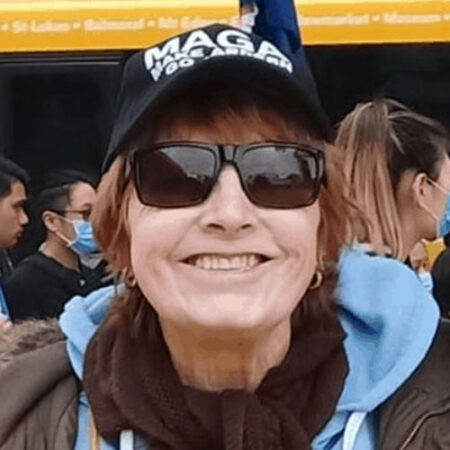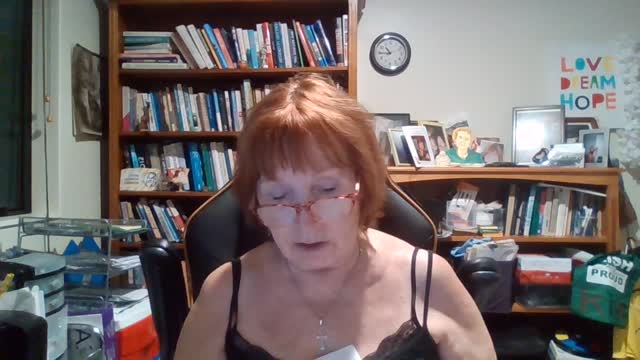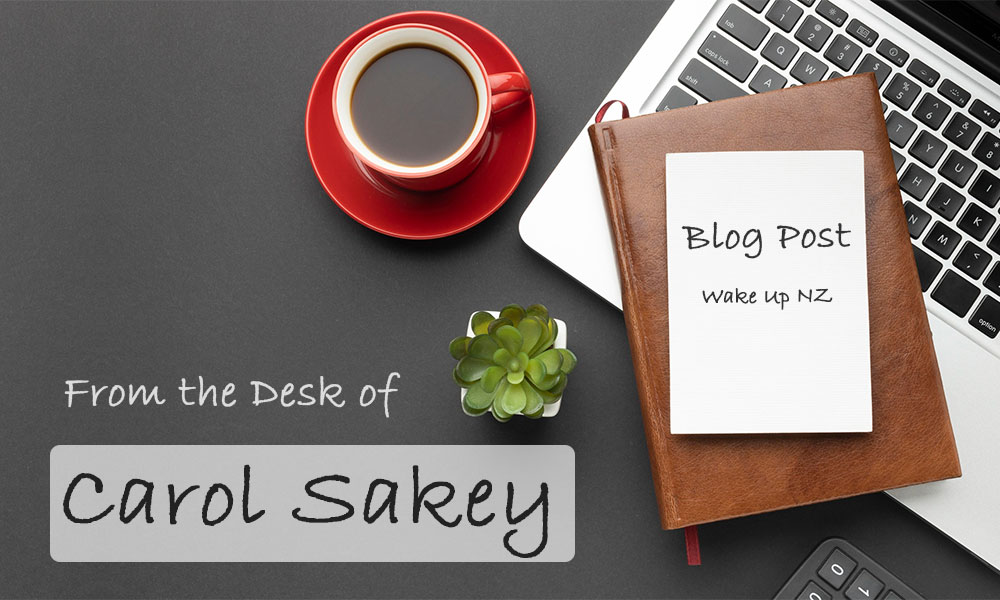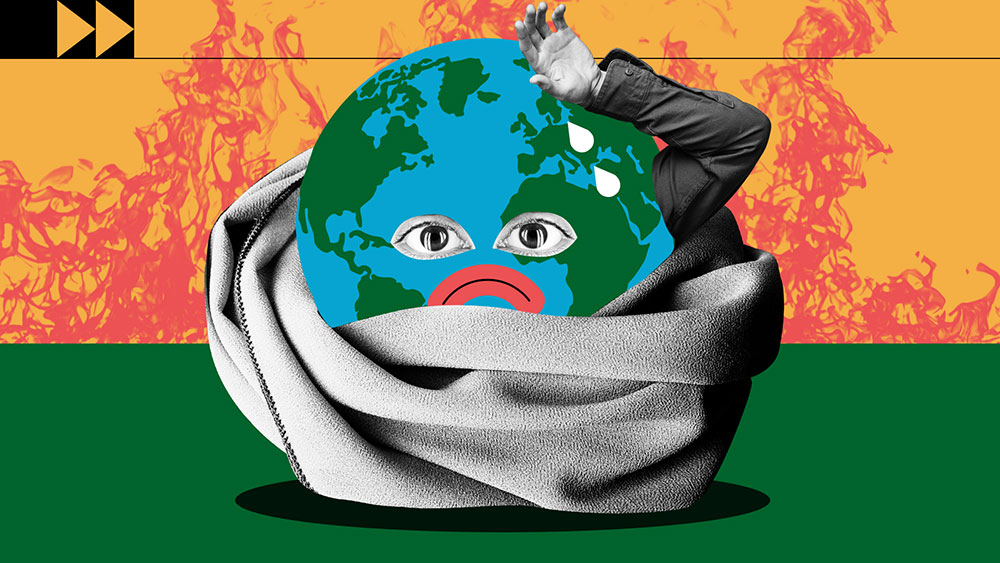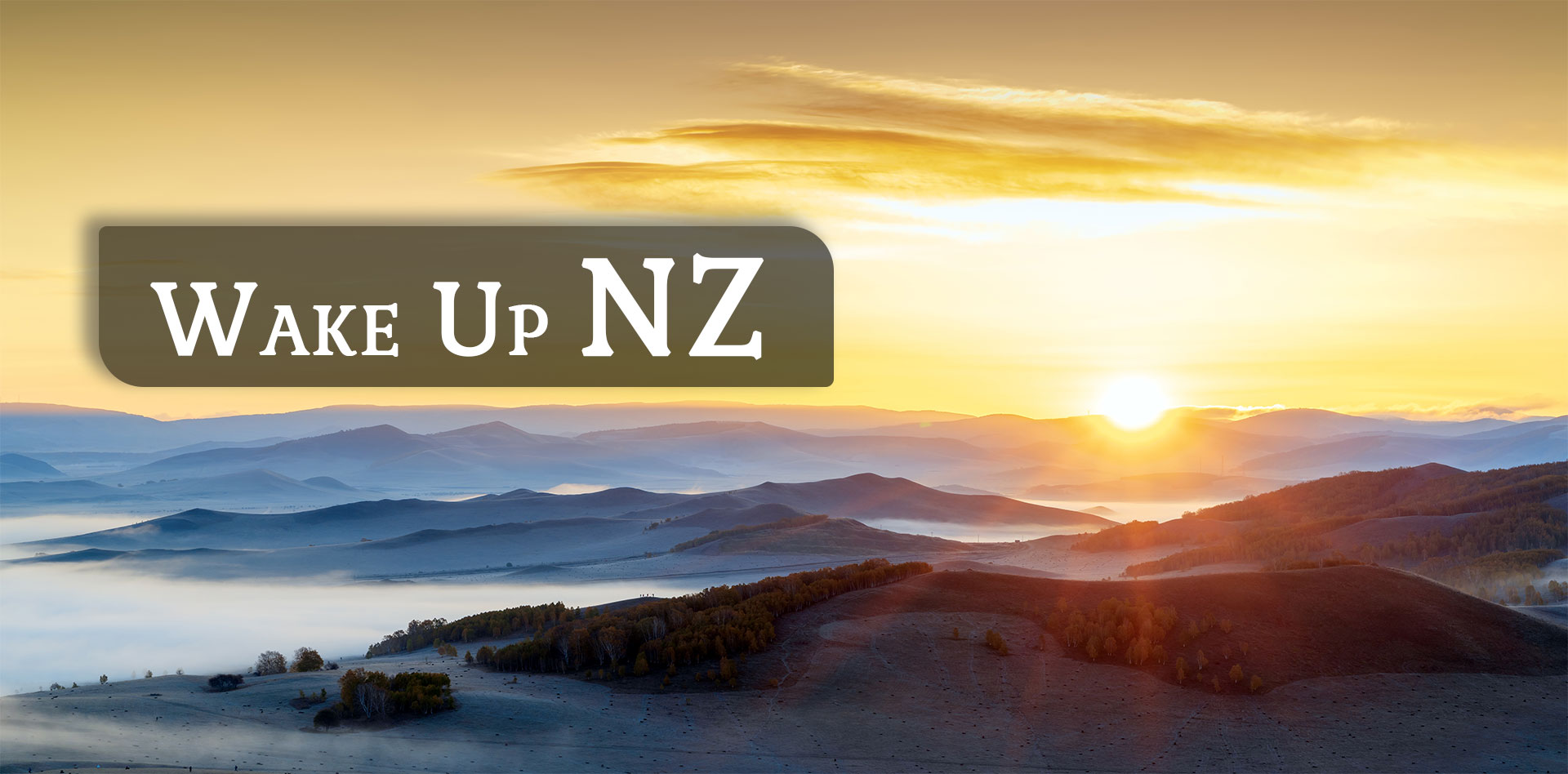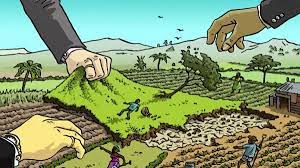June 12th 1996 Wall Street Journal reported that last week the IPCC (UN) regarded as the best source of scientific information about human impact on the earths climate released The Science of Climate Change 1995 its first new report for 5 years. This was said to be the most authoritative statement on global warming, policy makers and the press worldwide would report on the critical decisions on energy policy that would have an enormous impact on US oil and gas prices and on the international community. As always the IPCC report has been highly regarded because it is peer reviewed, that is read, discussed and modified and even re-modified by so called International experts. However this report is not what it appears to be, it is not the version that was approved by contributing scientists listed on the title page. This indeed is a very disturbing corruption of the peer reviewed process reported an expert who has more than 60 years as a member of the American Scientific Community, including service as president of both the National Academy of Sciences and the American Physical Society. His words were “ I have never witnessed a more disturbing corruption of the peer reviewed process that the events that led up to this IPCC report. Key changes were made after scientists had met and accepted what they thought was the final peer reviewed version, believing that IPCC would obey IPCC rules- a body of regulations, that’s suppose to govern the IPCC panels actions.
There is nothing in the IPCC Rules that permits anyone to change a scientific report after it has been accepted by the panel of scientific contributors and the full IPCC. Participating scientists accepted ‘The Science of Climate Change’ in Madrid, then it was accepted again in Rome. But more than 15 sections in Chapter 8 of the report, the key chapter setting out scientific evidence for and against human influence over climate were changed or deleted after the scientists charged with examining this question had accepted the supposedly final text. These were not merely cosmetic changes, nearly all worked to remove skeptics’ with which scientists regard claims that human activities are having a major impact on climate in general and on global warming in particular.
The following passages are examples of those included in the approved report but deleted from the supposedly peer reviewed published version:-“None of the studies cited above has shown clear evidence that we can attribute the observed [climate] changes to the specific cause of increases in greenhouse gases.”
- “No study to date has positively attributed all or part [of the climate change observed to date] to anthropogenic [man-made] causes.”
- “Any claims of positive detection of significant climate change are likely to remain controversial until uncertainties in the total natural variability of the climate system are reduced.”
It is reported that the reviewing scientist used this original language to keep themselves and the IPCC honest. IPCC reports are often called the ‘CONSENSUD’ view. If they lead to carbon taxes and restraints on economic growth, they will have a major and almost certainly a destructive impact on economies of the world. This is no doubt deception and corruption to deceive policy makers and the public into believing that the scientific evidence shows that human activities are causing global warming. There is evidential concern as to the IPCC process as to scientific evidence a global warming. The Wall Street Journal July 11th 1996 entitled ‘Coverup in the Greenhouse’? Author Dr. Seitz, former president of the U. S. National Academy of Sciences, revealed that an unsponsored scientific report promoting global warming has been tampered with for political purposes. That there had been protests from officials of the IPCC claiming that the revisions in their report, prior to publication “did nothing to change its emphasis”. And said that “ such unannounced change of an approved draft do not violate their rules of transparency and open review”. However the evidence is there, and IPCC Officials quoted (Not named) by a Nature Article “The reasons for revisions to the chapter was to “ensure that it conformed to a ‘policymakers’ summary of the full report”. The response to that from the Scientific community of experts was “”Should not a summary conform to the underlying scientific report rather than vice versa? The Wall Street Journal article pointed out that “the IPCC summary itself is a political document, is economical with the truth, has problems with selective presentations of facts, it totally ignored global temperature data gathered by weather satellite’s, because they contradict the results of the models used to predict future global warming.
IPCC providing so called scientific cover for political action, misusing respected scientists who never made extravagant claims about future warming. Where politicians and activists strive for international controls on energy use which was discussed in Geneva, when parties to the Global Climate Treaty convened, those that are anxious to stipulate that science is settled, trying to marginalize the growing number of scientific critics. It was reported that the IPCC Report on global climate change has been ‘scientifically cleansed. The author of this article in the Wall Street Journal 1996 was S Fred Singer, President of the Science & Environmental Policy Project. IPCC (UN) report that Science is Settled. It is the nature of science that is never settled. You will have heard that 97% of scientists believe humans are causing catastrophic global warming requiring govt action to reduce CO2 in the atmosphere. his comes from surveyed climate related scientific studies, the results being over-simplified Many scientists whose papers were cited in this study have questioned its conclusions, suggesting that their papers were incorrectly interpreted, even accusing the author of cherry picking studies to fit the global agenda.
An UN senior official speculated that the world would be under water by the year 2000, misleading figures and stats, data continue to be peddled, and government leaders shut down any public debates. This is called an anti-science political tactic. Plus the activist mainstream media that influences populations mindsets that report that ‘Science is settled’. The New York Times reported 10th December 2015 an article entitled “How Can Climate Science Be Settled?’. When computer models do not take into account all the variables, yet the media keep saying that climate change is settled. Science is never settled. Politicians and environmental activists and advocacy groups say that ‘climate is settled”. The Beehive 6th December 2022 Speaker in the House was Dr Ayesha Verrall on Research, Science and Innovation focused on ‘future focused science system tackling NZ’ as big challenges on Climate Change. She referred to ‘shifting from a system with multiple small entities and strategies focusing on efforts on nationally significant priorities. Ultimately researchers, industry, government and Iwi focusing on sustained investment in new technologies and industries, that will embed Te Tiriti o Waitangi being more responsive to Iwi/Māori to improve wealth and resilience in these communities.
2nd December 2020 NZ Parliament Climate Change Declaration of Emergency references the IPCC and reducing the impact of human activity on the climate. Join 1800 jurisdictions in 32 countries to declare a climate emergency. Seize the opportunities that a clean green reputation provides, includes the decline in Indigenous Biodiversity. Be a Carbon Neutral Govt by 2025. A declaration based on science. The UN IPCC. The declaration of global responsibility, a catalyst for change. Announcing the Carbon Neutral Programme. The ACT Party Simon Court speaker in Parliament stated that the Climate Emergency is simply a triumph of politics over practical solutions. He said “he knows that human activity has a significant impact on climate and the environment. ACT declared that the Climate Emergency was “Nothing but a Stunt”. He referred to “Stop flying MPs all over the country, wherever they like, as MPs are the only people in the world with unlimited travel budget to fly anywhere they like, whenever they want at the tax payers expense”. However ACT believes that NZ Govt must play their part through innovation led business, engineers, scientists not through slogans and PR stunts. James Shaw embraced ‘Fridays for Climate Strikes’ school strikes for climate. Nicola Willis (National) said that the Climate Emergency Declaration will have no measurable impact on global climate change and the opposition know it. “ It won’t take a single car off the road. It won’t reduce the methane from a single cow, nor remove a single tonne of carbon dioxide from the air. The motion before us employs all the implied drama of the word “emergency”, but it does so with zero practical effect. It is, unfortunately, yet another collection of words in place of the sincere policy and concerted action
New Zealand must take to drive down our emissions. I am very firmly of the view that climate change threatens our world and our communities, that the production of greenhouse gas emissions by people is its cause, that New Zealand must act to reduce our emissions, and, of course, that Parliament has a solemn responsibility to take steps to achieve that. Of course the National Party is on board with the global mission to reduce greenhouse gas emissions. ”. Debbie Ngarewa Packer Co leader of Te Paati Maori Party referred to “protecting Mother Earth (Goddess Gaia) and Father (Sky) and a multitude of descendants, tribes and sub-tribes that descended from the Gods through to the Treaty of Waitangi, thus supporting the motion of the Climate Emergency. In 2018 the IPCC released a landmark report that there is 12 years left to limit climate catastrophe. (Science is settled) Packer said. As she spoke about the $300 million fund to support Maori Farmers to transition to regenerative agricultural methods.
NOTE: The London School of Economics and Political Science reported 7th February 2018 ‘More Flaws in Estimates of the Economic Impacts Of Climate Change. Is fundamentally misleading and contains apparent mistakes. Prof Toi was a coordinating lead author of the IPCC Report in 2014, criticism of Toi stated he attempted to estimate the best-fir line. Several outside reviewers involved in the process expressed concern that estimates were not meaningful. Prof Toi ‘The Economic Impacts of Climate Change’ published 12th January 2018 by the ‘Review of Environmental Economics and Policy’ that provided an update to the survey in the in the published IPCC Report. It was found that based on 27 estimates from 22 studies listed in the 2018 IPCC Report concluded that “the welfare impacts of initial warming are positive”. However upon close examination it was revealed the finding was unsound, based on outweighing of a single outlier study that was more than 15 years old, that had sloppy errors, like Professor Toi previous papers. (This is the report that Debbie Packer embraced as she spoke about a $300 million fund for Indigenous farmers)
LINKS AND REFERENCES
AN ANTI-SCIENCE POLITICAL TACTIC ‘ A GLOBAL AGENDA TO CONTROL PEOPLE, PLANET FOR A VERY WEALTHY PROFIT’ AND NOT A SINGLE COW WILL MAKE A DIFFERENCE. ‘THIS IS A CASH COW’Fred Singer, President The Science & Environmental Policy Project Fairfax, Va. Further SEPP links to the controversy:http://www.sepp.org/science-editorials.cfm? whichcat=Organizations&whichsubcat=International%20Panel%20on%20Climate%20Change% 20(IPCC)#A72
https://friendsofscience.org/index.php?id=2237 3 pages
https://www.beehive.govt.nz/release/reform-science-system-build-better-future-new-zealand
https://www.mbie.govt.nz/assets/te-ara-paerangi-future-pathways-white-paper-2022.pdf 76 pages
https://www.parliament.nz/en/pb/hansard-debates/rhr/combined/HansDeb_20201202_20201202_08
https://www.lse.ac.uk/granthaminstitute/news/more-flaws-in-estimates-of-the-economic-impacts-of-climate-change/
...
